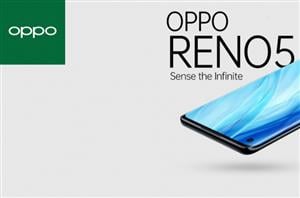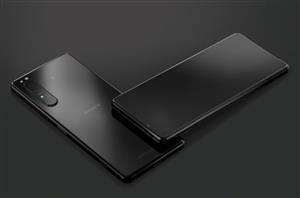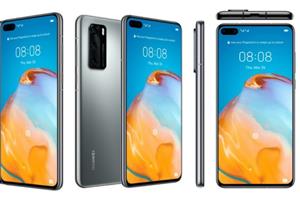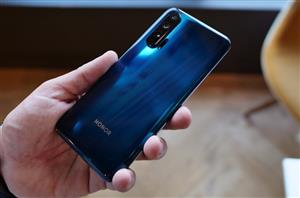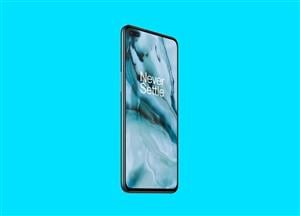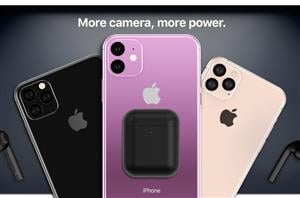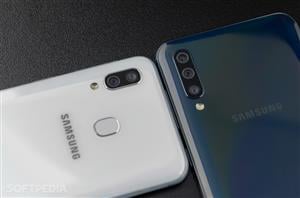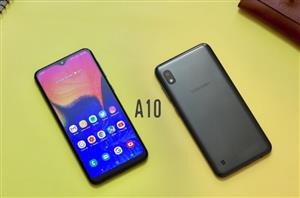Huawei P40 Pro vs. Galaxy S20 Plus
A comparative look at the flagship smartphones of 2020. Looking at the main points of focus:
- Design & Display - how does the OLED display compared to the AMOLED display.
- Performance - does having no Google Store or Apps affect the overall performance of the handset.
- Camera - both handsets have quad cameras but which is most impressive.
- Battery & Storage - the need for fast charging and long lasting battery as well as expandable storage.
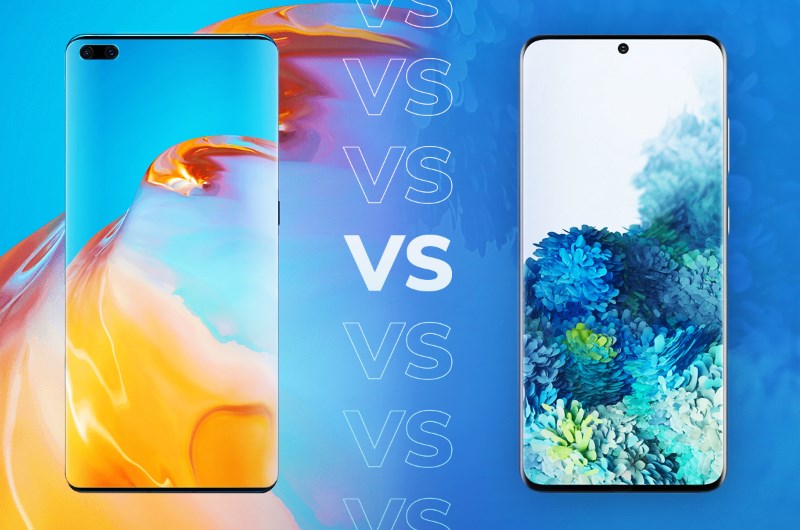
Samsung recently released its flagship S20 series. Huawei is now following suit and sending the P40 models into the race against its big competitors. We took a closer look at the two Pro versions. Huawei P40 Pro vs. Galaxy S20 Plus: the comparison.
Design and display: Quad-edge display for complete borderlessness
The Galaxy S20 Plus is almost borderless with its curved edges. The display is only interrupted by a small punch-hole notch for the front camera in the top center. The Huawei P40 Pro goes a step further with its new design. All four sides are rounded off, which ensures an absolute rimless look. There is only a somewhat longer punch hole in the top left of the screen, in which the front camera with auto focus is installed.
The 6.58-inch OLED display of the Huawei P40 Pro has a resolution of 2,640 x 1,200 pixels and a density of 441 ppi. The 6.7-inch display of the Galaxy S20 Plus is technically a little better equipped. The dynamic AMOLED display offers a resolution of 3,200 x 1,440 pixels with a density of 523 ppi. The refresh rate of 120 Hz ensures particularly smooth transitions.
Performance: In- house processors ensure full power
In the Huawei P40 Pro, the Kirin 990 chipset with an integrated 5G modem clocks at up to 2.86 GHz. The in-house chip impresses with its considerable computing power. The processor ensures a significant increase in quality, particularly in the field of photography and video playback. He has 8 GB of RAM at his side. EMUI 10 runs on the Huawei P40 Pro parallel to the current Android version 10 with the difference that the devices of the P40 series are equipped for the first time without Google services such as the Play Store, Maps or Gmail. Huawei Mobile Services and the App Gallery are available as alternatives. Samsung's own Exynos 990 processor clocks at a maximum of 2.73 GHz and, depending on the version, also uses 8 GB or 12 GB of RAM.
Best Huawei P40 & Galaxy S20 Deals
Camera: comparison of quad cameras
The cameras of the two smartphones are clearly highlighted in color by a black frame on the back. The four sensors and the flash are arranged in a similar way in the rectangular module. The Huawei P40 Pro lives up to its name as a self-proclaimed photo miracle. The Leica camera is equipped with a 50-megapixel main sensor, a 40-megapixel ultra-wide-angle sensor and a 12-megapixel telesensor with auto focus. The four-man team is completed by the ToF sensor, which also provides a better depth display and the popular bokeh effect. The 50x digital zoom also enables pictures of distant objects. The front camera with auto focus, which has a resolution of 32 megapixels, takes excellent individual and group selfies.
But the quad camera of the Galaxy S20 Plus is also quite impressive. The South Korean manufacturer has installed a 12 MP wide-angle sensor with f / 1.8 aperture, a 64 MP telesensor with f / 2.0 aperture and a 12 MP ultra-wide angle sensor with f / 2.2 aperture. The camera module is rounded off by a ToF sensor for improved depth display. The highlight is the high-resolution telesensor, which enables a triple optical and up to 30 times digital zoom. The 10 MP front camera meanwhile ensures solid selfies.
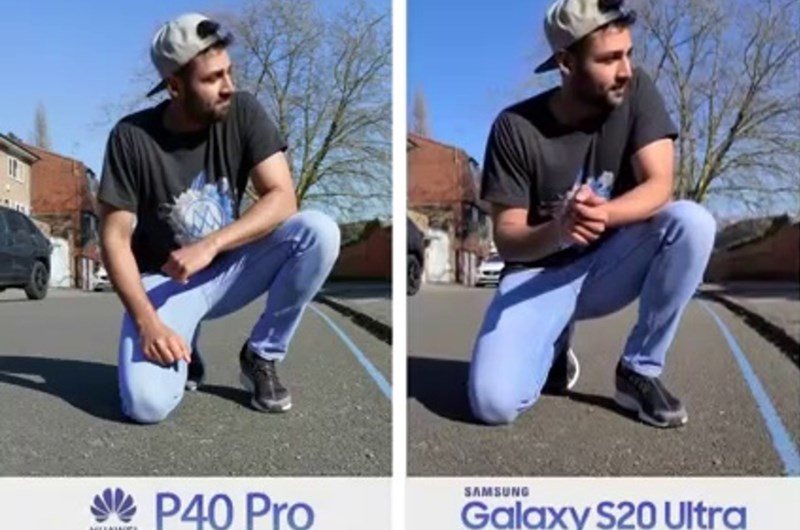
Battery and storage: longer lasting power
In terms of battery performance, both models are in the top league. The 4,200 mAh battery of the Huawei P40 Pro contrasts with the 4,500 mAh battery of the Galaxy S20 Plus. With normal use, both devices last up to two days on average before they have to be connected to the power again. The 25-watt quick-charging power supply ensures that the Samsung Galaxy S20 Plus is fully operational again in no time. The battery of the Huawei P40 Pro also takes about an hour to use its full power again.
With internal storage, the Huawei P40 Pro comes with a little more capacity with 256 GB. You can expand this again with the in-house nano memory card by up to 256 GB. The Galaxy S20 Plus, in turn, only has 128 GB storage capacity, it can however be expanded by up to one terabyte using a microSD card. You shouldn't get space problems for photos, videos or apps on either device.
Conclusion: Huawei P40 Pro vs. Galaxy S20 Plus
Both devices offer a very competitive overview, with similar technology at a high level. The new Huawei P40 Pro can definitely keep up with the Samsung S20 in terms of performance, storage capacity and camera equipment. In terms of battery performance and screen resolution, the Huawei P40 Pro lags behind a bit. Ultimately, the main difference between the two phones is whether you are bothered by the lack of Google services on the Huawei P40 Pro.
Huawei P40 & Galaxy S20 FAQs
When is Huawei P40 coming out?
Huawei has officially confirmed that it's launching the P40 series on 26 March.
How much is Samsung Galaxy S20?
You can purchase a Galaxy S20 4G outright for £799 for 8GB RAM and 128GB storage.
What colours P40 pro Huawei?
The P40 Pro is available in:
Black.
Blush Gold.
Deep Sea Blue.
Ice White.
Silver Frost.
When is the Samsung Galaxy S20 coming out?
The Samsung Galaxy S20 had a release date of March 6, 2020.


